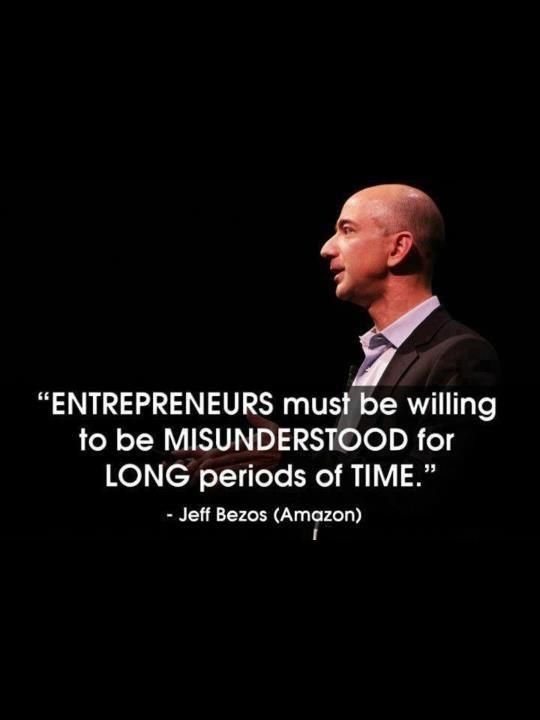 As schools explore how to educate students and prepare them for a future that we can only imagine, organizations have similar questions. How do we create a product or service to address the needs of markets that don’t exist yet and how can we develop the skills required to do this?
As schools explore how to educate students and prepare them for a future that we can only imagine, organizations have similar questions. How do we create a product or service to address the needs of markets that don’t exist yet and how can we develop the skills required to do this?
The focus of most organizations is on developing skills and know-how to address different scenarios. Rote memorization of facts or of the latest management theory is useless if it is not combined with the skills and empathy needed to adapt to new or uncertain circumstances. As humans, we need to think, discern, and curate rather than just memorize and consume. It’s what makes us human, differentiates us from robots, and characterizes us as creators, builders, and makers.
Enter: “The Maker Movement.” In an MIT Sloan Management Review article on makerspaces, the author states that the “maker movement is a cultural phenomenon that celebrates shared experimentation, iterative learning, and discovery through connected communities that build together, while always emphasizing creativity over criticism.” With Make: magazine and “Maker Fairs” (part county fair, part science fair, and part innovation) entering cities and shared spaces since 2005, the movement has spread. But it’s not the movement that is interesting so much as the idea of making space for humans to connect things. A leading international school once described a Makerspace as an open space, both physically and symbolically, for members of their learning community to dabble, tinker, create and learn. The space serves as a connection point for curriculum, life skills, extracurricular classes, expatriate families, corporate partners, and community members. Some schools that don’t have a physical Makerspace instill a maker mindset in their students by having resources (including time, space, and teachers) available to fit students’ study schedules.
The woodworking shops of old, a mechanic’s workroom, the coffee salons, or a child’s playroom are not too removed from these modern connection spaces. While Makerspaces are examples of connection points, other physical and symbolic spaces can also provide us the opportunity to create, connect, and learn. A technique used by some entrepreneurs is reserving a 3-hour space away from the distractions of email communications, phone calls, or “management meetings” to create. Making space for us to be human fosters a culture of learning, experimentation, and entrepreneurship. It also connects us to ourselves and to others; creating a sense of empathy with those around us and those in our organization.
Educational makerspaces typically fuse together different curricula or subject areas such as computer science, design, art, engineering, mathematics, communications thereby promoting cross functional learning and practical application. Tinkering and “making” are powerful ways to learn and connect with others. Makerspaces in cities, universities, and organizations are inclusive spaces that communicate philosophies like “tinker, design and create together.” They represent examples of making space for humans by harnessing our need for play, for exploration, and for creation.
Defining such spaces – whether physically or metaphorically – can build confidence in questioning or rethinking the status quo; they connect opposing models to create something new or innovative. Pablo Picasso is known for his originality and pioneering the Cubism movement, a revolutionary style of modern art that Picasso formed in response to the rapidly changing modern world. His studio was a space overflowing with creativity. Nevertheless, a lesser known side of Picasso is that he also mastered traditional painting. He was a Master and an Innovator; two characteristics of some of the most prolific thinkers of our age. Roger Martin in Opposable Mind: How Successful Leaders Win Through Integrative Thinking (2007) describes opposing models as “the richest source of new insight into a problem.” When we combine opposing thoughts and questions from different areas, or when we combine Mastery with a relentless sense for exploration and learning, we are connecting otherwise disparate ideas that can generate phenomenal outcomes.
I have heard it said that learning from things yet to happen is key to strategic resilience. For this to happen, there must be a space for learning and making. An organization that learns is able to grow and adapt by connecting new ideas, concepts or innovations. The keen learners of knowledge are respectful of both scholars and craftsmen (makers) and therefore see their organizations as learning organizations. They make space for connections between ideas, people, and actions.
Peter Drucker in “Management and the World’s Work” published in Harvard Business Review (1988) stated that it is “also management’s job to enable the enterprise and each of its members to grow and develop as needs and opportunities change. This means that every enterprise is a learning and teaching institution. Training and development must be built into it on all levels—training and development that never stop.”
All inventions and movements start somewhere. And great innovations start with addressing a “job to be done” by combining different pieces and solutions. Whether in the office, outside, or in a Makerspace, we need opportunities to learn by doing, and spaces to do this in, if we are to prepare members of our society to address the needs and jobs of tomorrow.
******
This article is one in a series related to the 10th Global Peter Drucker Forum, with the theme management. the human dimension, that took place on November 29 & 30, 2018 in Vienna, Austria #GPDF18

 er. She loves making bread and takes pride in her creations. She tests new processes, times, temperatures and ingredients. She is extremely good at what she does; making bread. She is extremely good at filling a need; making wholesome creations that help people feel special, loved and cared for. She makes bread that fills our bellies as much as our souls.
er. She loves making bread and takes pride in her creations. She tests new processes, times, temperatures and ingredients. She is extremely good at what she does; making bread. She is extremely good at filling a need; making wholesome creations that help people feel special, loved and cared for. She makes bread that fills our bellies as much as our souls.







